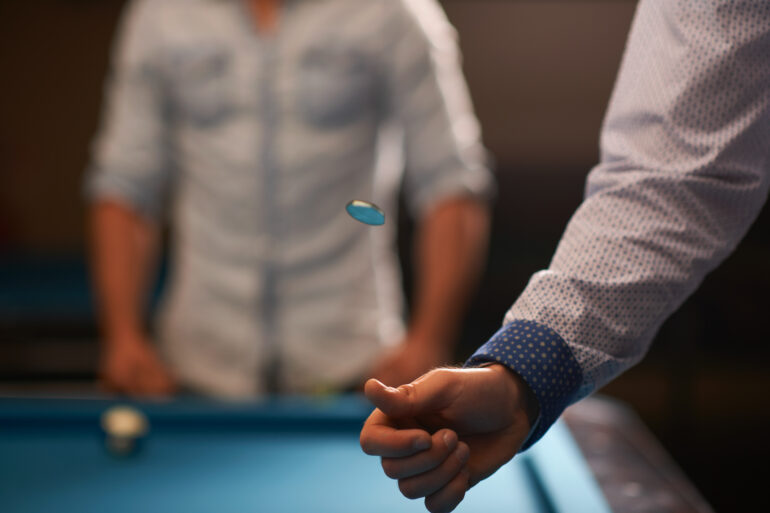If you think a coin toss is a fluke, think again.
Since ancient times, people have relied on throw a coin, but if you thought all this was a big coincidence, you're wrong. A new study proves that this is not the case.
Your odds of encountering a lucky four-leaf clover are about 1 in 5076. On the other hand, until now we thought that we had slightly more chances, say 50:50, when tossing a coin. The scientists undertook a thorough investigation to find out whether it was really a coincidence or whether the coin repeatedly falls on one side. A new study University of Amsterdam has shown that you should think carefully before choosing a 'digit' or a 'head'.

A coin toss - what are the odds?
According to a group of scientists led by PhD candidate František Bartoš of the University of Amsterdam, it is actually more likely that the top side of a coin the one that will also face up when the coin lands. The study, which is still undergoing peer review, collected and analyzed the results of 350,757 verifiable coin flips in 46 different currencies and noted that the coins landed on the same side they were on at the very beginning, namely in as many as 51% cases. The aforementioned study confirmed the hypothesis of Stanford University statistics professor Persi Diaconis.

According to Diaconis' team, humans tend to wobble a bit when tossing a coin, which is supposed to introduce a change in the direction of the coin's spin axis. Because of this precession, the coin usually 'spends' more time in the air with the initial side up. And because of that, he has a better chance of landing on the same page he started with. Back in 2007, Diaconis' team estimated the probability of a “same outcome” at about 51 %. Almost a decade and a half later, Bartoš and his team reached the same result. "Our data strongly support this exact prediction: the coins landed on the same side more often than not," the researchers wrote in the report.






